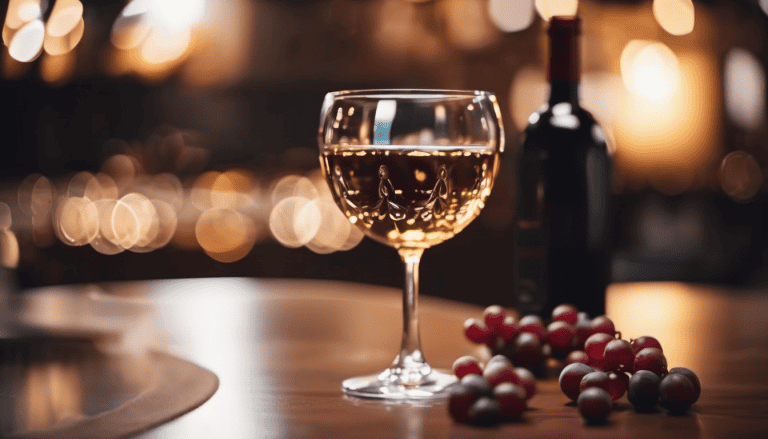Did you know that your favorite glass of wine could contain anywhere from 90 to 300 calories? As a wine expert and wine enthusiast, I’m excited to share that you don’t have to give up wine to maintain a healthy lifestyle!
In fact, some fascinating research from Washington State University suggests that certain compounds in wine, like resveratrol, might even support your wellness journey.
In this guide, we will explore the world of low-calorie wines, find the answer to the question “Which wine has the least calories?” and discover how to make smarter choices while still enjoying every sip!
Welcome to Didi Somm, and Cheers!
Important Notice: The information in this article is for general and public information purposes only. It solely reflects Didi Somm’s or his Staff’s opinion, and no responsibility can be assumed for errors or omissions in the service’s contents. For details, please check the Disclaimer at the bottom of the homepage.
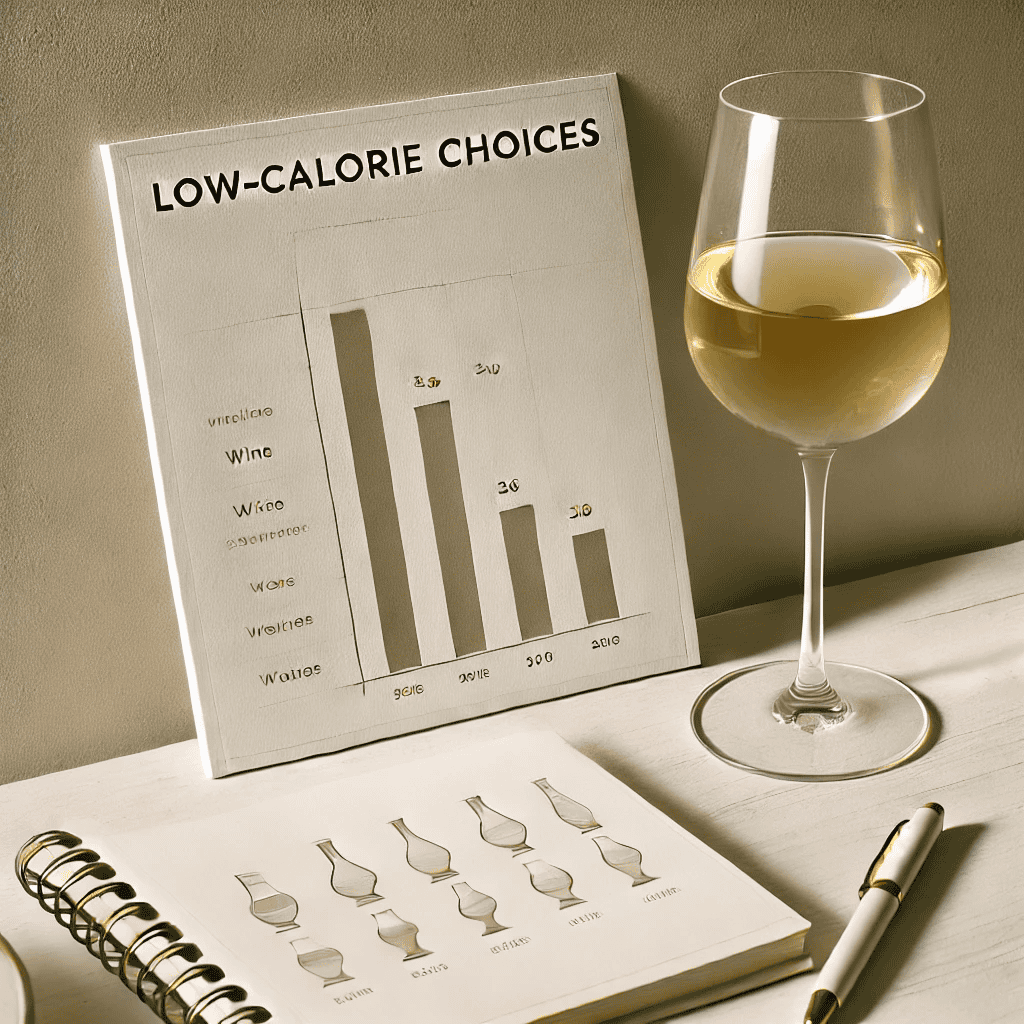
Key Takeaways
- Brut Nature Champagne has the lowest calories at 93 calories per 5 oz glass
- Alcohol content impacts calories more than sugar content (7 vs 4 calories per gram)
- Dry wines generally have fewer calories than sweet wines
- White wines typically contain slightly fewer calories than reds
- Lower ABV wines are your best bet for calorie control
1. Understanding Wine Calories: The Basic Science
Let me tell you something that blew my mind when I first started studying wine science – alcohol has nearly twice the calories per gram as sugar! After 15 years as a sommelier, I’ve had countless conversations with confused wine lovers about this. Here’s the deal: alcohol packs 7 calories per gram, while sugar contains four calories per gram. That’s why that “sweet” Moscato might actually have fewer calories than your “dry” cabernet!
The fermentation process is where all the magic happens. During fermentation, yeast converts grape sugars into alcohol, which is why a wine’s final calorie count depends on both its alcohol content and any remaining sugar (what we call residual sugar). I remember teaching a wine class where a student insisted their “natural” wine had zero calories – oh boy, was that a teachable moment!
Here’s what you really need to know: there’s no such thing as zero-calorie wine. Even the driest wine contains calories from alcohol. In fact, a bone-dry wine with 14% alcohol by volume (ABV) will have more calories than a slightly sweet wine at 11% ABV. Natural sugars from grapes and added sugars (common in cheaper wines) both contribute to the calorie count, but alcohol is usually the bigger culprit.
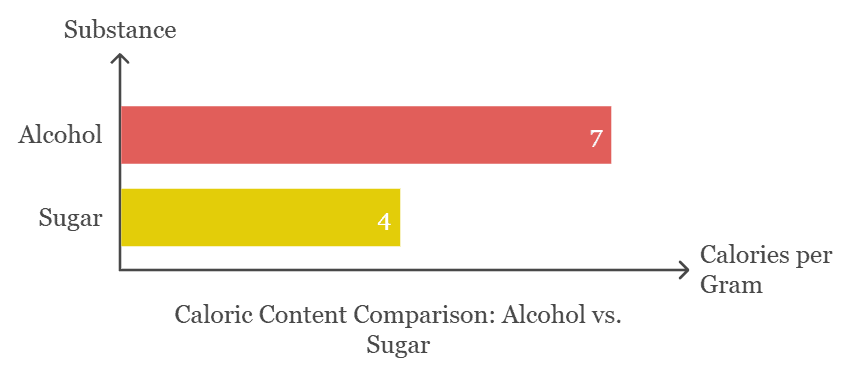
2. Lowest Calorie Wines Ranked
After years of researching and tasting (tough job, I know!), I’ve found that sparkling wines consistently offer the lowest calorie options. Brut Nature Champagne takes the crown at just 93 calories per 5-ounce glass – that’s because it has zero added sugar and typically lower alcohol content. Fun fact: I discovered this while helping a friend plan her wedding, and it’s been my go-to recommendation ever since!
Coming in close second is Cava Brut at 95 calories, followed by Prosecco Extra Brut at 98 calories. What makes these bubblies so diet-friendly? They’re all made using the traditional method, which results in lower residual sugar and typically lower alcohol content. Among still wines, dry whites like Sauvignon Blanc (119 calories) and light reds like Gamay (118 calories) are your best bets.
Don’t fall into the trap of thinking all sparkling wines are low-cal, though! I learned this lesson the hard way with a sweet Moscato d’Asti that packed almost 160 calories per glass. When in doubt, look for terms like “Brut Nature,” “Zero Dosage,” or “Extra Brut” – these indicate minimal residual sugar.

3. How to Choose Low-Calorie Wines
Getting the hang of wine labels isn’t rocket science, but boy, did it take me some time to figure it all out! First things first: check the ABV (Alcohol By Volume) percentage – it’s usually hidden in tiny print somewhere on the label. Here’s my rule of thumb: for every 1% increase in ABV, you’re looking at about 5-6 more calories per glass.
I can’t tell you how many times I’ve seen folks get tricked by marketing terms like “skinny” or “light” wines. The real secret? Look for words like “Brut Nature,” “Extra Brut,” or “Zero Dosage” for sparkling wines, and “dry” or “sec” for still wines. And here’s a pro tip I learned from years of tastings: European wines typically have lower ABV than their New World counterparts.
Pay attention to the residual sugar levels if they’re listed (usually in g/L). Anything under 3 g/L is considered very dry. And please, don’t fall for those “zero-sugar” wine claims – if it contains alcohol, it contains calories! Trust me, I’ve tested dozens of these “diet” wines, and while some are decent options, many use clever marketing to mask higher calorie counts.
4. The Truth About Wine Types and Calories
Let’s break down some numbers I’ve collected over years of analyzing wine labels and consulting with producers. Sparkling wines generally range from 93-120 calories per 5-ounce glass, with Brut Nature styles being the lowest. White wines typically clock in between 115-125 calories, while most reds range from 120-130 calories. The surprise winner? Dry rosés often hit the sweet spot around 110-120 calories!
Here’s something that shocked me during my sommelier training: dessert wines can pack up to 300 calories per 5-ounce glass! That’s because they’re basically concentrated grape juice with high sugar content. I’ll never forget serving a late-harvest Riesling to a guest on a diet – the look on their face when I explained the calorie content was priceless.
The real key is understanding that calories vary significantly within each wine type. For example, a high-alcohol Chardonnay (14.5% ABV) will have more calories than a light-bodied Pinot Noir (12.5% ABV), despite red wines generally having more calories than whites. It’s all about those specific numbers on the label!
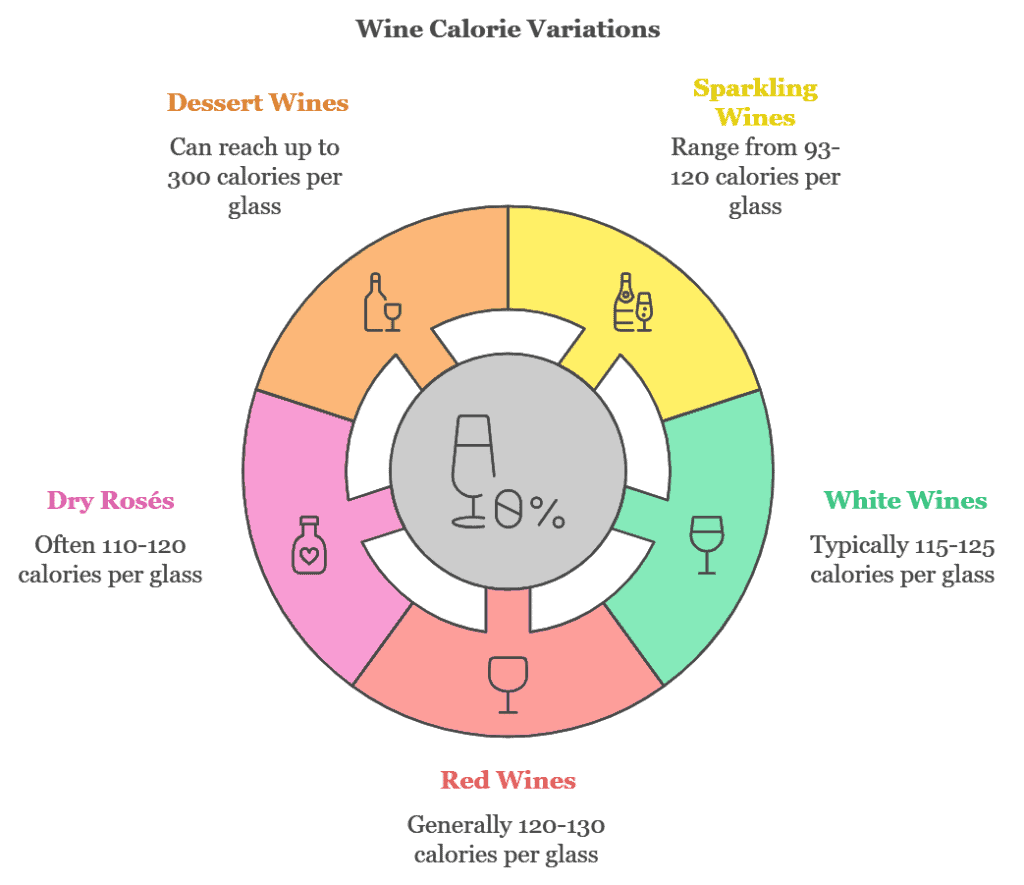
5. Tips for Mindful Wine Consumption
After hosting numerous wine tastings, I’ve learned that mindful consumption starts with proper portioning. Get yourself a good quality wine glass with pour lines – it was a game-changer for me! A standard 5-ounce pour is smaller than most people think. I used to regularly overpour until I started measuring.
Temperature actually plays a role in how we enjoy (and consume) wine. Serving wine too warm can make alcohol more pronounced and lead to faster drinking. I keep my whites at 45-50°F and reds at 60-65°F. This isn’t just wine snobbery – proper serving temperature helps you sip and savor rather than gulp!
Here’s my favorite hack for reducing wine calories: try a spritzer! Mix dry white wine with sparkling water (I use a 2:1 ratio). It’s refreshing and cuts calories by a third. For tracking, I use a wine app that lets me log my glasses and their calorie content (a useful alternative is NIH’s Alcohol Calorie Calculator). And remember my golden rule: pair your wine with food. It slows down consumption and enhances the experience. Trust me, your body (and head) will thank you tomorrow!
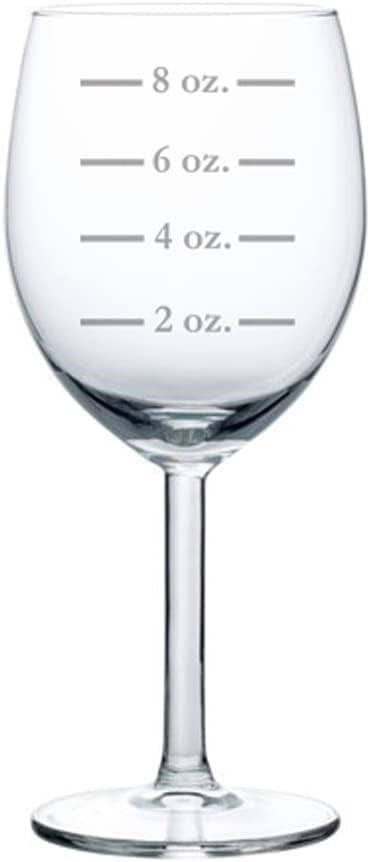
FAQ Section – Which Wine Has The Least Calories
- Q: Which wine has the least calories?
A: Brut Nature Champagne typically has the lowest calories, averaging 93 calories per 5-ounce serving. - Q: Does expensive wine have fewer calories?
A: Price doesn’t correlate with calorie content. The calories depend on alcohol content and residual sugar. - Q: Is red or white wine lower in calories?
A: Generally, white wines tend to have slightly fewer calories than red wines due to lower alcohol content. - Q: How many calories are in a bottle of wine?
A: An average bottle (750ml) contains between 450-600 calories, depending on the type. - Q: Can I drink wine on a diet?
A: Yes, in moderation. Choose lower-calorie options and account for them in your daily caloric intake. - Q: Do organic wines have fewer calories?
A: Organic certification doesn’t affect calorie content; it’s about growing practices. - Q: How does alcohol content affect calories?
A: Higher alcohol content means more calories, as alcohol contains 7 calories per gram. - Q: Are sulfite-free wines lower in calories?
A: Sulfites don’t affect calorie content; they’re preservatives. - Q: What makes a wine “skinny”?
A: “Skinny” wines typically have lower alcohol content and minimal residual sugar. - Q: Do cold wines have fewer calories?
A: Temperature doesn’t affect calorie content. - Q: How many calories are in a wine spritzer?
A: Wine spritzers typically have 75-85 calories per serving, as they’re diluted with sparkling water. - Q: Does aged wine have more calories?
A: Aging doesn’t significantly affect calorie content. - Q: Are natural wines lower in calories?
A: Natural wines vary in calories like conventional wines; it depends on alcohol and sugar content. - Q: Do sweet wines always have more calories?
A: Generally, yes, due to higher sugar content. - Q: Can I find zero-calorie wine?
A: No, all wines contain calories from alcohol and/or sugar. Be wary of such claims.
Conclusion
After diving deep into the science of wine calories and analyzing various options, it’s clear that enjoying wine while maintaining a healthy lifestyle is absolutely possible with the right knowledge and choices.
Let’s recap the most important findings from our exploration:
Lowest Calorie Options (5 oz serving):
- Brut Nature Champagne: 93 calories
- Cava Brut: 95 calories
- Prosecco Extra Brut: 98 calories
- Dry white wines: 115-125 calories
- Light red wines: 118-123 calories
Key Principles to Remember:
- Alcohol content matters most: Every 1% increase in ABV adds approximately 5-6 calories per glass
- Look for these terms on labels: “Brut Nature,” “Zero Dosage,” “Extra Brut” for sparkling wines, and “dry” or “sec” for still wines
- European wines typically have lower ABV than New World wines
- Sweet Wines and Dessert Wines have the highest calorie content, often reaching 200-300 calories per glass
Smart Drinking Strategies:
- Use proper wine glasses with pour lines to maintain 5 oz servings
- Try wine spritzers (2:1 wine to sparkling water) to reduce calories
- Serve wines at proper temperatures (45-50°F for whites, 60-65°F for reds) to encourage slower sipping
- Always pair wine with food to slow consumption
- Track your wine consumption using a dedicated app
Remember that moderation is key – the U.S. Dietary Guidelines recommend no more than one drink per day for women and two for men. By choosing lower-calorie options, practicing portion control, and being mindful of alcohol content, you can continue to enjoy wine while maintaining your health goals.
The bottom line? Opt for dry sparkling wines or light-bodied dry white wines when possible, pay attention to ABV percentages, and don’t be fooled by marketing claims about “zero-sugar” or “skinny” wines. With these guidelines in mind, you can make informed choices that allow you to savor your wine while keeping calories in check.
Cheers to making smarter, healthier wine choices! 🍷
For your reference, the latest articles by Didi Somm include:
- Expert Guide to Portable Wine Storage: All You Need to Know
- 10 Best Tips For Transporting Wine Safely: Your Expert Guide
- Best Wine Temperature During Transport – All You Need To Know
- Wine Vibration During Transport: Get 7 Expert Tips and More
- Best Portable Wine Coolers – Get Our Expert Tips Here
- How to Choose the Perfect Wine Travel Case – 8 Tips for Your Next Adventure
Important Notice: The information in this article is for general and public information purposes only. It solely reflects Didi Somm’s or his Staff’s opinion, and no responsibility can be assumed for errors or omissions in the service’s contents. For details, please check the Disclaimer at the bottom of the homepage.





